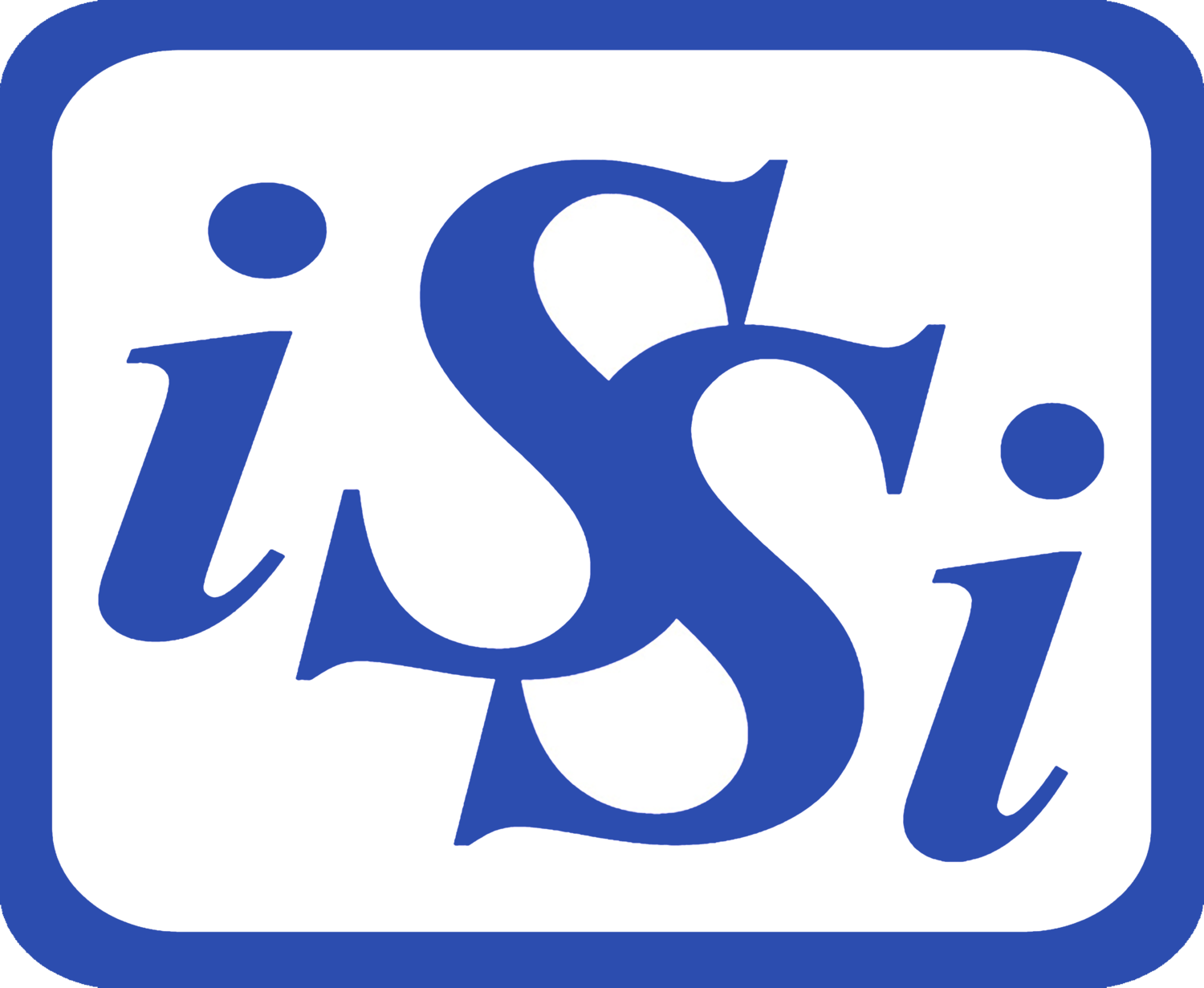A company's experience modification rate (EMR) is a number that reflects their history of workers' compensation claims and their safety record. It is used by insurance carriers to calculate the company's workers' compensation premium. Here's a closer look at the formula used to determine a company's experience modification rate:
The Formula for Calculating EMR:
The formula used to calculate a company's experience modification rate (EMR) is based on the following factors:
Actual Losses: The actual losses incurred by the company in the most recent three-year period.
Expected Losses: The expected losses for the industry based on the size of the company and the type of work performed.
Experience Rating Adjustment Factor: This factor adjusts the EMR to reflect the size of the company's payroll and the degree to which it differs from the average payroll for the industry.
The formula for calculating the EMR is:
EMR = Actual Losses / Expected Losses x Experience Rating Adjustment Factor
For example, if a company's actual losses over the most recent three-year period are $100,000, and the expected losses for the industry for that period are $50,000, the company's loss ratio would be 2.0. If the experience rating adjustment factor is 1.0, the company's EMR would be 2.0. This means that the company's workers' compensation premium would be twice the amount of a company with a 1.0 EMR.
To put it simply, an EMR is a number that compares your Workers Comp experience to ‘average.’ A number above 1 is worse than average and a number below 1 is better than average. Your Workers Comp premium is multiplied by that number, so it has a direct effect on the premium you pay. Companies can improve their EMR by implementing safety programs, developing a return-to-work program, reporting claims promptly, and working with a knowledgeable insurance broker. By reducing their actual losses and improving their safety record, companies can reduce their EMR and lower their workers' compensation premiums.

